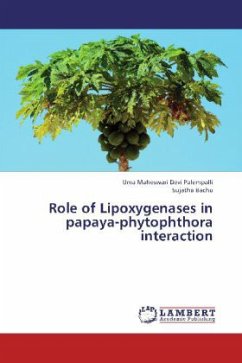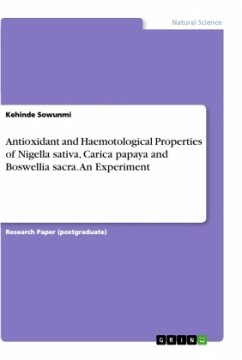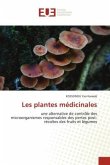Papaya being a horticultural crop, using of chemicals for disease control is probably not a advisable solution in view of the residue problems. The study was focused on screening of different varieties of papaya seedlings for LOX activity. In the present work, a high level expression of LOX activity in the resistant papaya cultivar and low level expression of LOX activity in the susceptible variety were observed. Hence, the plant breeder can use LOX as a biochemical marker to select the resistant varieties which may expedite breeding programs by reducing the number of field trials. This book, therefore provides better insights to understand the role of lipoxygenase in defense mechanism of papaya against phytophthora blight.







